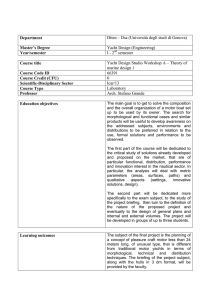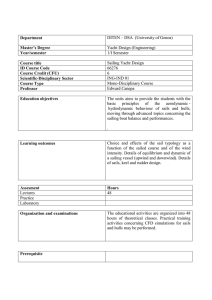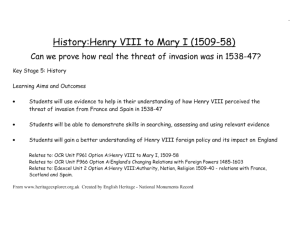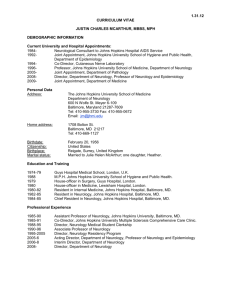ARC presentation - Anne Castles and Genevieve McArthur
advertisement
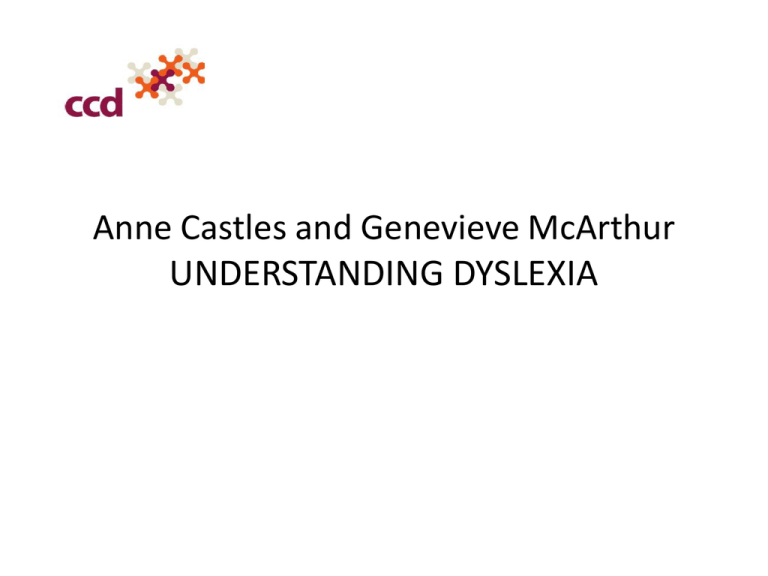
Anne Castles and Genevieve McArthur UNDERSTANDING DYSLEXIA When reading fails to develop normally • No child will learn to read without appropriate conditions • But some children (10 - 15%) fail despite: – No obvious neurological or sensory impairment – Supportive environment • “Dyslexia” or “specific learning disability” How do we detect this in the classroom? Using Response to Intervention in the diagnosis • Some of the children at the bottom of the distribution may be “instructional casualties” • We can identify these through the Response to Intervention model: – Do they respond to intensive intervention? – Or are they still here… Reading difficulty or “dyslexia” Profiles of dyslexia • As reading involves many processes, would not expect it always to fail in the same way • Different profiles depending on which subskill has not developed normally • Need to have a model of reading to guide diagnosis and assessment Letter-Sound Route Dictionary Look-Up Route What is needed for assessment? • Determine whether a student is reading at the level expected for age • Test all aspects of reading, without over‐testing children that have no problems! What is needed for assessment? 1. Test of single word reading aloud (with normative data) – Irregular words (yacht) What is needed? 1. Test of single word reading aloud (with normative data) – Irregular words (yacht) 2. Test of nonword reading aloud What is needed for assessment? 1. Test of single word reading aloud (with normative data) – Irregular words (yacht) 2. Test of nonword reading aloud 3. Test of Reading Comprehension What is needed for assessment? • Based on these results can then “drill down” further • Use as a basis for a targeted treatment Motif.org.au 1. Test of single word reading • Castles and Coltheart 2 • Set of 40 regular, irregular and non-words – Each scored separately • Stopping rule • Normed on 1000 Australian children yrs 1-6 Motif.org.au 2. Test of Reading Comprehension • TERC: Test of Everyday Reading Comprehension • 10 everyday reading tasks increasing in difficulty – Text screen – Canteen menu – Shopping list • Each followed by two comprehension questions • Two forms (A and B) Motif.org.au Intervention Intervention Phonics • Ability to learn new words using the “letter‐sound” rules • SHIP “sh” “i” “p” “ship” • Systematic review and meta-analyses – Ehri et al. (2000) – Suggate (2010) – McArthur, Castles et al. (2012) • Moderate to large significant effects on poor phonics skills Intervention Intervention Sight word training • Ability to learn to recognise whole words by sight • Particularly important for words that break lettersound rules • YACHT “y” “a” “ch” “t” “yacht” • YACHT “y” “o” “t” “yot” • Two controlled trials of sight word training on poor readers – McArthur, Castles et al. (2013) – McArthur, Castles et al. (in preparation) • Large and significant effects on poor sight word accuracy Intervention Intervention Language training • Knowing the meaning of words and how they are said are spoken language skills that are used during reading • Evidence that spoken language training has moderate to large effects on phonological and expressive language skills – Law et al. (2004) – Cirrin & Gillam (2008) – Ebbels (2014) • Spoken language training is typically carried out by speech and language therapists Intervention Commercial Interventions Evidence based decisions • Teach teachers how to make evidence‐based decision about any intervention for poor readers (easier than it sounds) • Provide online site that provides evidence-based decisions (and evidence) for interventions for poor readers (even easier) • Inspire teachers to choose evidence-based interventions – Provide funding for evidence-based interventions on online site – Schools provide scientific evidence for an intervention to get funding – This intervention and evidence added to above online site
